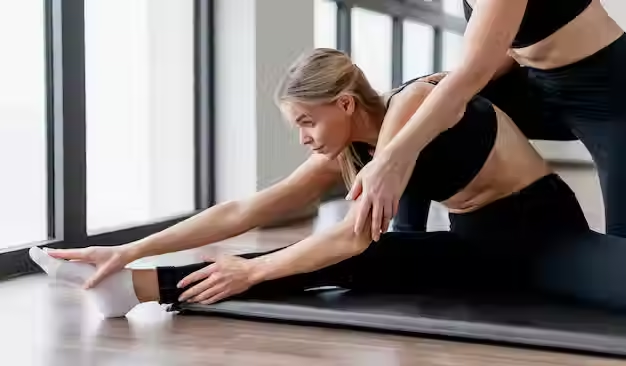Pilates Thoughtful Tuesday: The Importance of Being Fully Present in Class
- Michael King

- Aug 12
- 2 min read

In a world full of notifications, to-do lists, and constant mental noise, being fully present can feel like a luxury. But for us as Pilates teachers, presence is not optional, it is essential. The moment we walk into the studio, our attention becomes part of the service we give. Clients come to us for movement, but they also come to be seen, heard, and supported.
The Challenge of Distractions
We all face them.
• Thinking about the next class or client before you have finished with the current one
• Mentally going over your personal plans for later in the day
• Becoming preoccupied with a difficult client situation or admin task that needs resolving
• Letting your mind drift while clients are moving which means missing an important adjustment or teaching moment
Even small lapses in presence can subtly affect the quality of your teaching. Clients pick up on where your attention is and if it is not with them, they will feel it.
Why Presence Matters in Pilates
Being fully present allows you to:• See the small details such as a slight shift in alignment, a subtle loss of focus, or a breath pattern that needs support• Respond in real time by adjusting cues, offering encouragement, or modifying an exercise when you spot something immediately• Build trust as clients feel more confident when they know you are fully engaged with their progress• Enhance safety by spotting potential issues before they become problems
Strategies to Stay Fully Present
Create a mental reset before class starts Take a moment, even just 60 seconds, to pause, breathe, and set an intention for the session. This clears away whatever you were doing before and puts your focus on the people in front of you.
Engage with each client from the start A personal greeting and eye contact before class begins sends a message: You matter, I see you.
Be the observer, not the participant In personal training or small groups, avoid doing the whole session alongside the client. Set them up, then walk around, watch, and connect. This ensures your focus is on their form, not your own.
Use touchpoints during class Commit to checking in with every client at least twice during a session either verbally, with a cue, or with a hands-on correction when appropriate.
End with presence, not autopilot Resist the temptation to mentally clock out before the final movement. Closing with focused attention, perhaps a posture check or a moment of reflection, leaves clients feeling valued.
The Lasting Impact
Presence is not just about teaching better Pilates, it is about building lasting client relationships. People remember how you made them feel, not just what you taught them. When they sense your full attention, they feel important, respected, and motivated to return.
In a noisy, busy world, presence is a rare gift. As teachers, we have the privilege of giving it every single day.




Comments